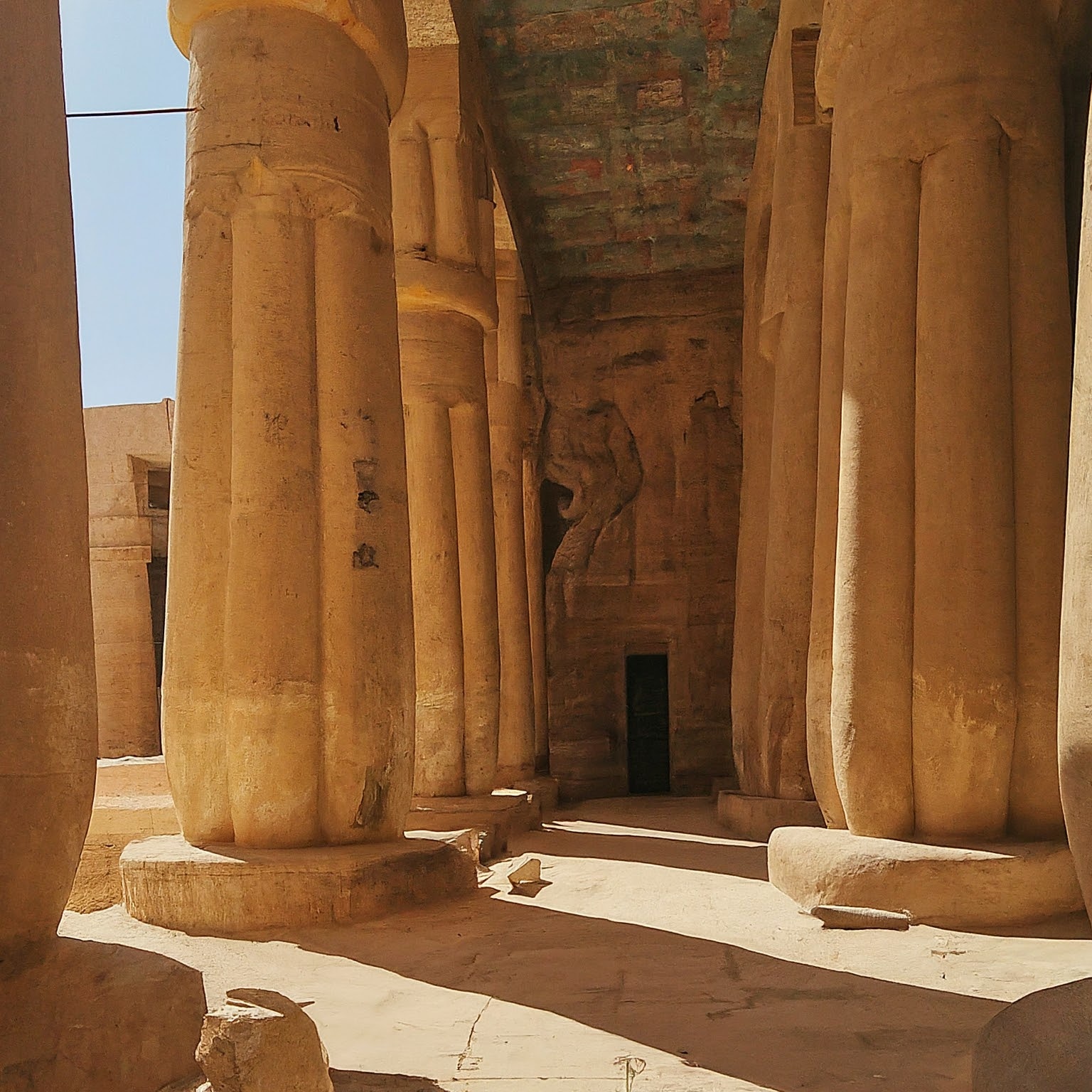Luxor, often referred to as the world’s greatest open-air museum, stands as a testament to Egypt’s rich and illustrious past. Situated along the banks of the Nile River, Luxor is a treasure trove of ancient monuments, temples, and tombs that offer a fascinating glimpse into the lives and beliefs of the ancient Egyptians. Explore Luxor Egypt Tourism: Discover ancient wonders, from Karnak Temple to the Valley of the Kings. Plan your journey to this timeless destination with Visit Egypt.
The Majestic Karnak Temple Complex
The Karnak Temple Complex is one of the most significant and largest religious sites ever constructed. Spanning over 200 acres, it is dedicated primarily to the Theban triad of Amun, Mut, and Khonsu. The complex is a vast mix of decayed temples, chapels, pylons, and other buildings. The highlight of Karnak is the Hypostyle Hall, an awe-inspiring forest of 134 massive columns arranged in 16 rows. These towering columns are adorned with intricate carvings and hieroglyphs that tell stories of gods, pharaohs, and conquests.
The Valley of the Kings
On the west bank of the Nile, nestled in the arid mountains, lies the Valley of the Kings. This necropolis was the burial ground for pharaohs and powerful nobles of the New Kingdom (16th to 11th century BC). The valley is home to more than 60 tombs, including that of Tutankhamun, which was discovered almost intact in 1922. Each tomb is a masterpiece of art, with walls covered in elaborate scenes depicting the journey to the afterlife. Visiting these tombs provides a profound connection to ancient Egyptian beliefs and customs surrounding death and the afterlife.
Luxor Temple
Located in the heart of modern Luxor, the Luxor Temple is another architectural marvel from the New Kingdom era. Built primarily by Pharaoh Amenhotep III and later added to by Ramses II, the temple was dedicated to the rejuvenation of kingship. Unlike other temples in Luxor, it is not dedicated to a god or gods, but rather to the concept of kingship. Walking through the grand colonnade, visitors are transported back to a time of divine rule and monumental architecture. The temple is particularly enchanting at night when it is beautifully illuminated, casting a magical glow over the ancient stones.
The Colossi of Memnon
Standing guard at the entrance to the Theban Necropolis, the Colossi of Memnon are two massive stone statues of Pharaoh Amenhotep III. Each statue, towering at 18 meters high, once flanked the entrance to the pharaoh’s mortuary temple, which was the largest in Egypt during its time. Although the temple itself has largely disappeared, the Colossi remain a powerful reminder of Amenhotep’s reign and the grandeur of ancient Thebes.
The Mortuary Temple of Hatshepsut
The Mortuary Temple of Hatshepsut, also known as Djeser-Djeseru, is a stunning example of ancient Egyptian architecture. Built into the cliffs of Deir el-Bahari, the temple was constructed by the orders of Queen Hatshepsut, one of Egypt’s few female pharaohs. The temple’s terraces rise majestically from the desert floor, leading to a series of courtyards and sanctuaries. The walls are adorned with vivid reliefs that depict Hatshepsut’s divine birth and trading expeditions to the land of Punt, emphasizing her rightful place as pharaoh and her contributions to Egypt’s prosperity.
The Luxor Museum
For those seeking a deeper understanding of Luxor’s archaeological treasures, the Luxor Museum is a must-visit. The museum houses a carefully curated collection of artifacts that chronologically narrate the history of ancient Thebes. Highlights include the statues from the Luxor cachette, the mummies of Ahmose I and Ramses I, and exquisite pieces from Tutankhamun’s tomb. The museum’s well-organized displays and informative descriptions make it an excellent complement to the outdoor sites.
Hot Air Balloon Rides over Luxor
One of the most unique and breathtaking ways to experience Luxor’s archaeological landscape is from above. Hot air balloon rides offer a serene and unforgettable aerial view of the Nile River, the sprawling temple complexes, and the rugged terrain of the Valley of the Kings. As the sun rises, casting golden hues over the ancient ruins, travelers can appreciate the sheer scale and beauty of Luxor’s historical sites from a vantage point like no other.
Luxor’s Markets and Souks
Beyond its historical attractions, Luxor offers vibrant local culture through its bustling markets and souks. The Luxor Souq, a traditional Egyptian market, is a lively place where visitors can immerse themselves in the local way of life. Stalls brimming with spices, textiles, jewelry, and souvenirs provide an opportunity to engage with local artisans and vendors. The market is a sensory feast, with the aromatic scent of spices, the colorful displays of goods, and the rhythmic sounds of bargaining filling the air.
Conclusion
Luxor is a destination that seamlessly blends the past and present, offering an unparalleled journey through time. Its wealth of ancient monuments, temples, and tombs provides an intimate look into the grandeur of ancient Egyptian civilization. Whether you’re marveling at the towering columns of Karnak, exploring the richly decorated tombs in the Valley of the Kings, or soaring above the landscape in a hot air balloon, Luxor promises an unforgettable adventure. Embrace the allure of this ancient city and let its timeless splendor captivate your heart and imagination.
Visit our Luxor page for more information on planning your trip and exploring the wonders of this extraordinary destination.












